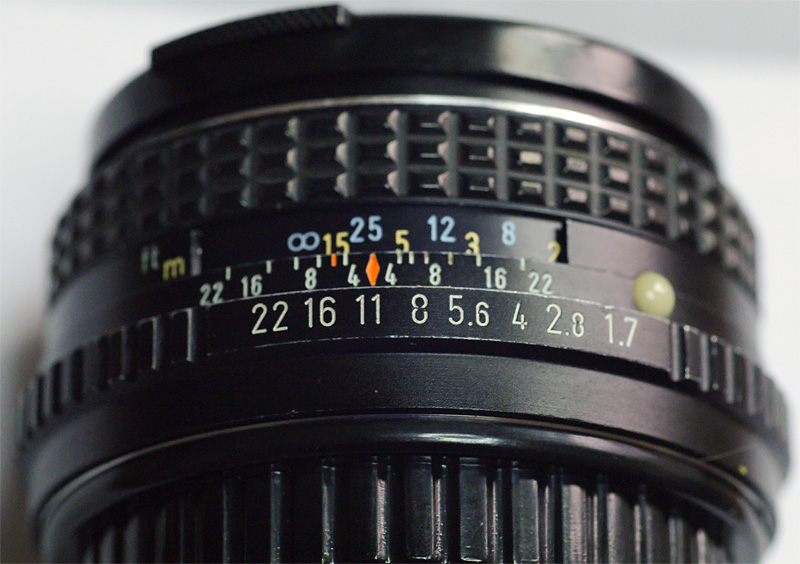Hi vass,
Regarding depth of field, tim60 really said it all, and you sound like you know that greater f-stop values (smaller apertures) gives you more depth of field. Of course it's true that shallow depth of field can be very pretty, but sometimes you just WANT the whole range in focus, and the right way to go about it is exactly as you say: Highest f-value and a tripod to compensate for the slower shutter speed.
To offer a totally non-technical point of view, if you want a person in the foreground and a landscape behind the person to both be in focus, picking your 50mm and stepping back will give you better results than picking your 28mm and stepping closer. If you have something even longer than 50mm, you can benefit from using this and stepping a bit further away.

Also, in this example, be sure to focus on the person, not the landscape: You get a greater range in focus _behind_ your focus plane than in front of it.
So, if you pick your longest lens, pick the highest f-value, use a tripod and focus on the front object that you want to be in focus, you have done your best. Of course, if your shutter time is slow, the tripod will only keep your camera still and not your motive, so if there is a person in the picture you need to get them to stand still!
Your old point-and-shoot only had very small apertures available, so shallow depth of field was not an option - and therefore not something you had to think about. Now you get the choice of a wide or shallow DOF, so now you need to choose!
As for the dark foreground - bright background problem, you are actually BETTER off than with your point-and-shoot camera, because a dSLR is capable of capturing a greater range of shades between completely black and completely white. You just need to make sure that your metering (light measurement) is set to prioritise the area with your focus point, and again focus on the person in the foreground. If you experience worse results than you did with your p-and-s, then it's probably because that one automatically set the metering at the focus point, whereas now you need to TELL your camera that you do not want the exposure set for the whole scene. Once you set the exposure for the person in the foreground, you will see that the background gets more colour details and less pure white (burned out) areas than a shot from your p-and-s.
If you used fill-in flash with your p-and-s you can do this now also, but you should definitely be better off in this area now that you have a dSLR.
All in all, the problems come from having a wider range of choices, and once you get used to it, this also means more fun!
I hope this was helpful - good luck getting to know your new camera!
Mette


 Similar Threads
Similar Threads 





 Also, in this example, be sure to focus on the person, not the landscape: You get a greater range in focus _behind_ your focus plane than in front of it.
Also, in this example, be sure to focus on the person, not the landscape: You get a greater range in focus _behind_ your focus plane than in front of it.










 Post #2 by tim60
Post #2 by tim60








